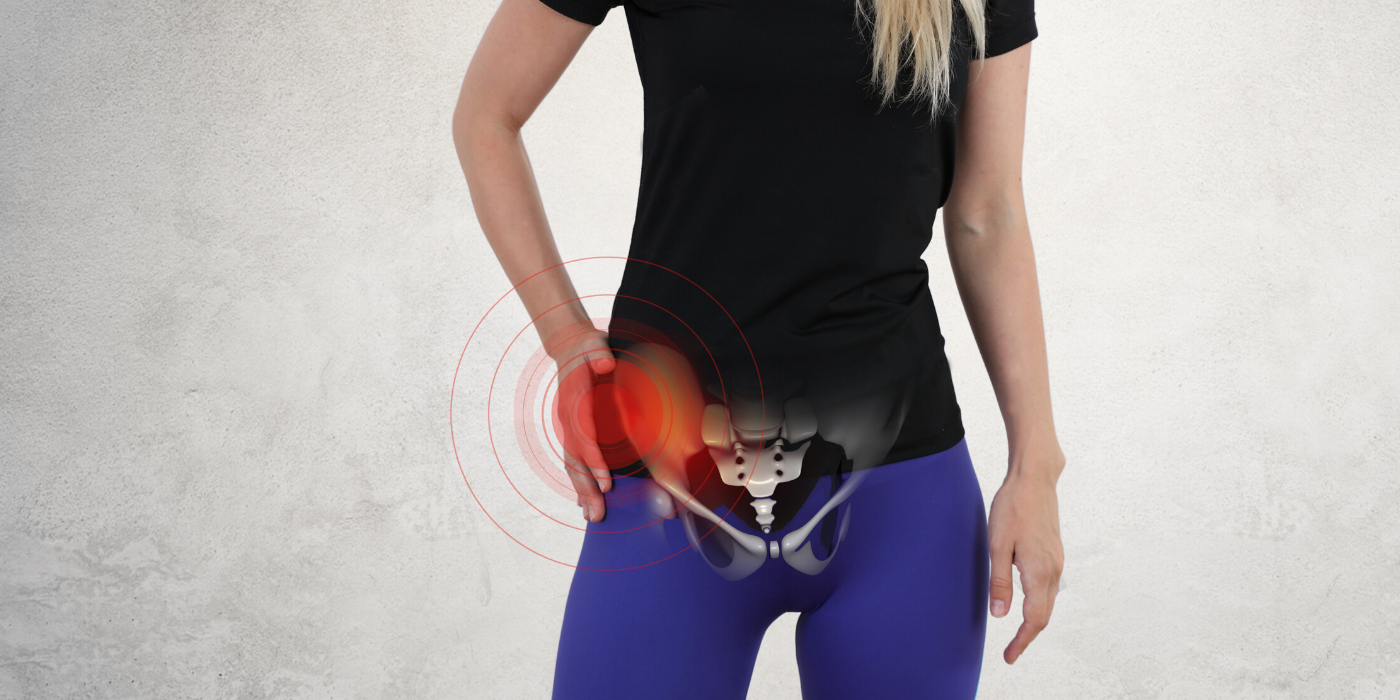Hip Bursitis (Runners Hip)
What Is A Bursa?
A bursa is a fluid filled sac that your body uses to decrease friction. They are typically found near the point that tendons attach to bone so that the tendon slides harmlessly over the bursa and does not rub on the hard surface of the bone. The main bursa found at the hip is called the trochanteric bursa because it sits under the tendons that attach to the greater trochanter bone on the outside of the hip. If this bursa becomes inflamed it causes hip pain that is also known as ‘runners hip’.
What Is Bursitis?
Bursitis is the condition that occurs when there is an inflammatory response in the bursa. This is fairly easy to recognise as there will be swelling, heat, redness, and the area will also be tender to pressure. It occurs when there is too much pressure on the bursa from the adjacent muscles and tendons so it gets rubbed and becomes inflamed. An inflamed bursa will often be sore if pressure is applied to it such as lying on your side in bed, but movement in the hip joint is usually unaffected.
What Is The Best Way To Treat Bursitis?
At The Physiotherapy Place, we use a multifaceted approach to treat bursitis. This includes:
Gunn IMS or dry needling to release the muscles and reduce the pressure on the bursa
stretching the muscles around the bursa
Ultrasound is one of the best ways to reduce inflammation associated with bursitis
Strengthening the gluteal muscles to take pressure off the bursa when activity is recommenced
How Long Does It Take For Bursitis To Go Away?
If treated promptly and effectively, most bursitis will heal within a matter of weeks and you will get back to running about that time.
Does Bursitis Go Away On Its Own?
Occasionally bursitis will go away on its own with rest from the aggravating activity. The problem is that if the reason for the bursitis isn’t addressed, it will come back again once the activity is recommenced.
Can Bursitis Be Cured?
Yes. Once bursitis is treated and you are doing the correct prevention exercises, it rarely comes back again.
What Exercise Can I Do For Bursitis?
A good starting point would be to stretch out the gluteal muscles for trochanteric bursitis. This can be done by pulling the affected knee and ankle towards your chest in a lying position to feel a stretch in the buttock.
What To Avoid When You Have Bursitis?
Try to avoid bringing on the pain. With trochanteric bursitis this usually means a rest from running until it has settled enough to tolerate the force put through it without being sore.
What Will A Physiotherapist Do?
A physio will release any muscles that are putting friction on the bursa. The quickest way to do this is with Gunn IMS or dry needling and then stretching the hip joint and surrounding muscles. Ultrasound is effective at reducing inflammation in the bursa and so settling the pain down. Once this is achieved a biomechanical assessment will be done to provide you with a specific rehab program so that you can get back to running without the bursitis flaring up again.

